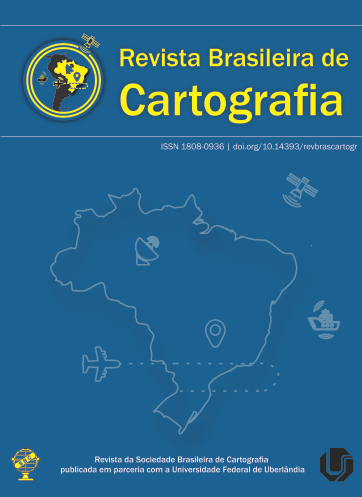Integration of Multiclass Strategies and Different Kernel Functions into Support Vector Machines for Remote Sensing Image Classification
Main Article Content
Abstract
Although several image classification methods have been proposed in literature, Support Vector Machine (SVM) is widely used in Remote Sensing applications. In addition to its robust mathematical formulation, the possibility of using different kernel functions and multiclass strategies highlights the attractiveness of this method. While kernel functions make possible to enhance the classification performance face to non-linearly separable data, multiclass strategies extend the original formulation of SVM in order to cope with problems involving more than two classes. However, it worth mention that particular choice involving a kernel function and a multiclass strategy implies directly on the classification performance. Furthermore, the best choice may be not a simple task. In order to reduce the freedom degree that arises from different possible combinations between kernel function and multiclass strategy, two architectures to training SVM are proposed. Three case studies involving land use and land cover classification with images acquired by different sensors are carried in order to verify the potential of presented architectures in comparison to usual approaches.
Downloads
Metrics
Article Details
Authors who publish in this journal agree to the following terms:
- Authors retain copyright and grant the journal right of first publication with the work simultaneously licensed under a Creative Commons Attribution License that allows others to share the work with an acknowledgment of the work's authorship and initial publication in this journal.
- Authors can enter into separate, additional contractual arrangements for the non-exclusive distribution of the journal's published version of the work (e.g., post it to an institutional repository or publish it in a book), with an acknowledgment of its initial publication in this journal.
- Authors are permitted and encouraged to post their work online (e.g., in institutional repositories or on their website) before and during the submission process, as it can lead to productive exchanges, as well as earlier and greater citation of published work (see "The Effect of Open Access").





